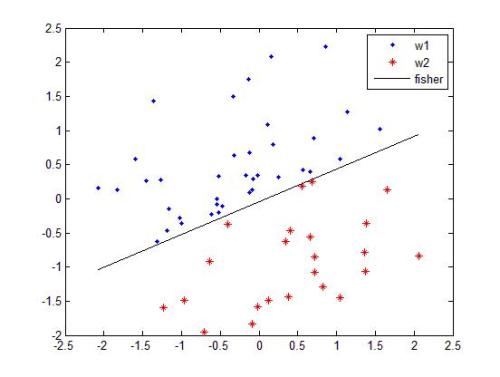Predicting all applicable labels for a given image is known as multi-label classification. Compared to the standard multi-class case (where each image has only one label), it is considerably more challenging to annotate training data for multi-label classification. When the number of potential labels is large, human annotators find it difficult to mention all applicable labels for each training image. Furthermore, in some settings detection is intrinsically difficult e.g. finding small object instances in high resolution images. As a result, multi-label training data is often plagued by false negatives. We consider the hardest version of this problem, where annotators provide only one relevant label for each image. As a result, training sets will have only one positive label per image and no confirmed negatives. We explore this special case of learning from missing labels across four different multi-label image classification datasets for both linear classifiers and end-to-end fine-tuned deep networks. We extend existing multi-label losses to this setting and propose novel variants that constrain the number of expected positive labels during training. Surprisingly, we show that in some cases it is possible to approach the performance of fully labeled classifiers despite training with significantly fewer confirmed labels.
翻译:预测给定图像的所有适用标签都被称为多标签分类。 与标准的多类案例( 每张图像只有一个标签)相比, 多标签分类的培训数据要困难得多。 当潜在的标签数量很大时, 人类标签员发现很难为每张培训图像提及所有适用的标签。 此外, 在一些设置中, 检测本质上很困难, 比如在高分辨率图像中找到小对象实例。 因此, 多标签培训数据常常被虚假的负值困扰。 我们考虑到这个问题的最难的版本, 即每个图像的标签只有一个相关标签。 因此, 培训组将每张图像只有一个正标签, 没有被确认的负值。 我们探索了这个特殊案例, 就是从四个不同的多标签分类标签分类标签中缺失的标签中学习, 用于线性分类器和端到端的微调深网络。 我们将现有的多标签损失扩展到这个设置, 并提出新的变体, 限制培训中预期的积极标签的数量。 值得注意的是, 在某些案例中, 我们显示, 标签很少可能以完全的标签方式进行分类。



